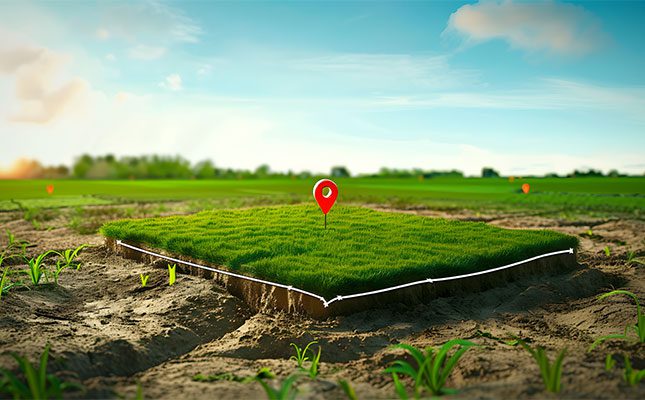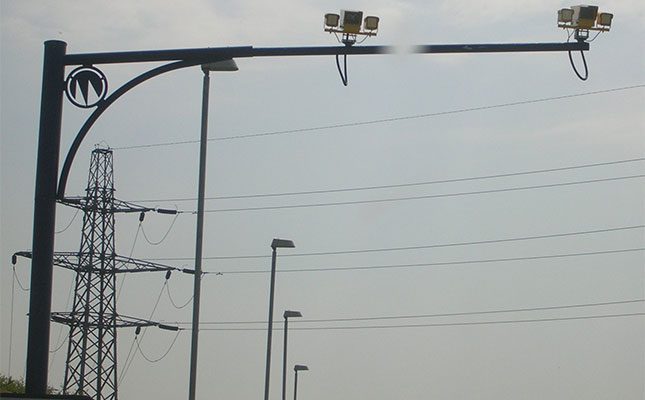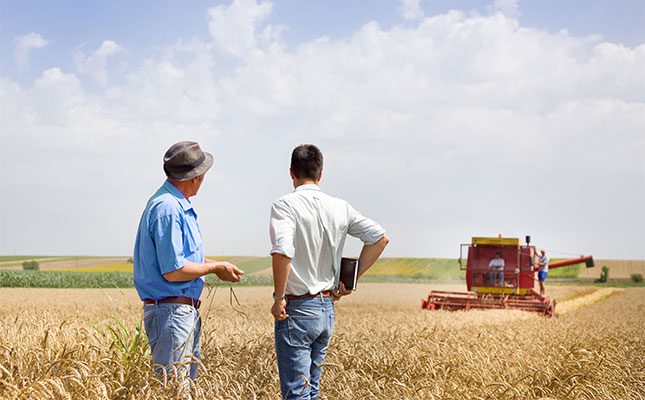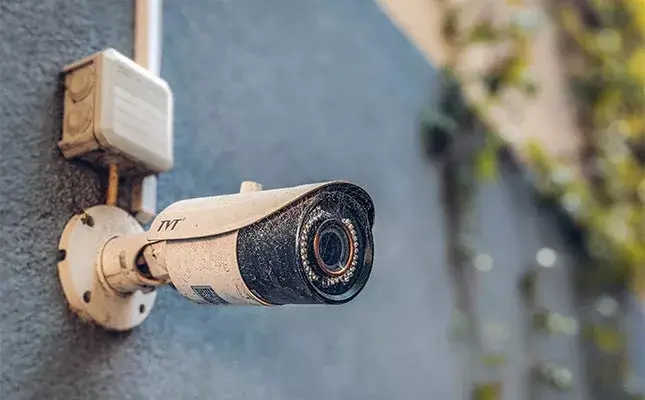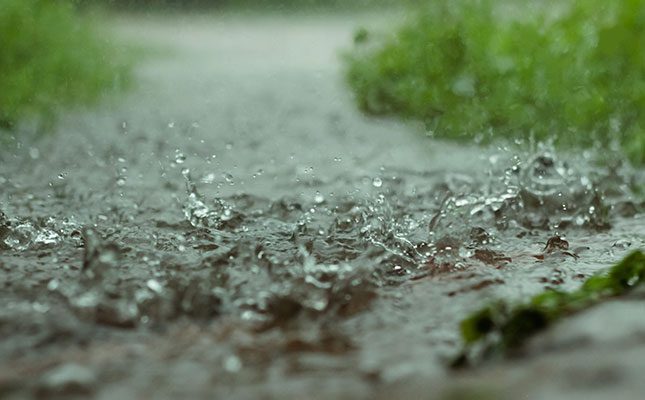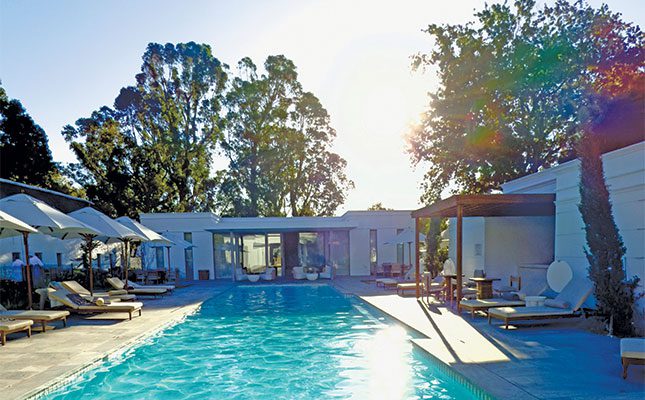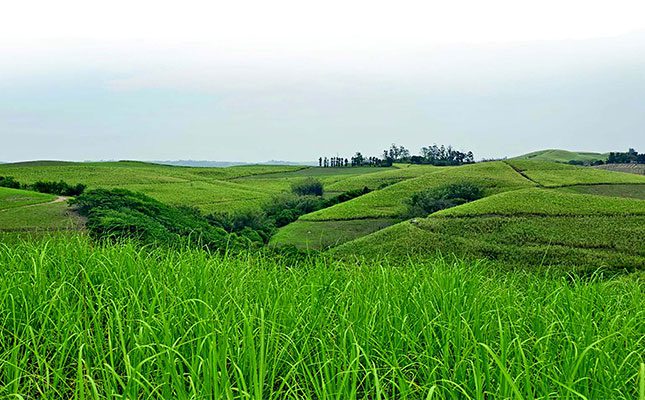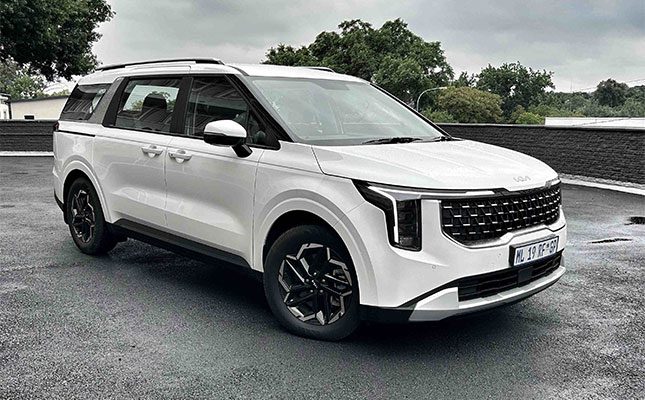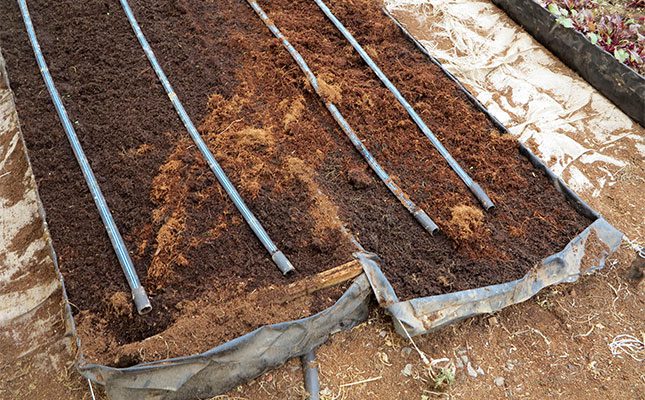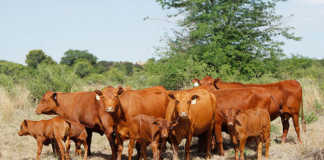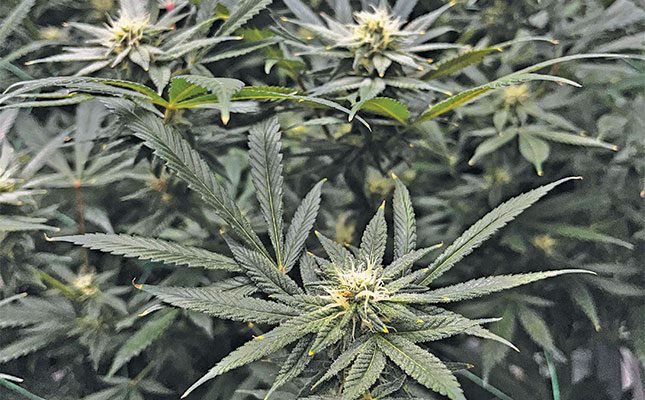
Photo: Kavitha Pillay
The South African cannabis industry continues to evolve, but legal cultivation remains restricted to specific licensing frameworks.
Trenton Birch, co-founder and CEO of Cheeba Africa, an organisation that provides education on cannabis and hemp, says the current legal landscape in South Africa offers two primary routes for commercial growers: a medical cannabis licence through the South African Health Products Regulatory Authority (SAHPRA), which is the only legal model for cannabis with tetrahydrocannabinol (THC) levels above 0,2%; and a hemp permit through the Department of Agriculture for cannabis containing less than 0,2% THC.
“Those are the only two licences available,” he adds.
Medical cannabis vs industrial hemp
Birch further mentions that no legal model exists for the commercial production of recreational cannabis in South Africa, despite the private use of cannabis being decriminalised. This presents a significant hurdle for small-scale growers and entrepreneurs hoping to enter the market.

The application process for a hemp licence is relatively accessible.
“It’s inexpensive and straightforward. You need a lease, land, and a few other requirements. The application goes through the Department of Agriculture,” explains Birch.
However, applying for a medical cannabis licence is a different story.
“In South Africa, you have to build the facility before you can apply for the licence, unlike in some other countries. Then there’s a thorough vetting process. It’s a complicated and expensive route that most people can’t easily access,” he says.
Understanding cannabinoids
Cannabis contains many chemical compounds known as cannabinoids, with the two primary ones being THC and cannabidiol (CBD). THC is a psychoactive compound, which means it affects the mind and can impair judgement and movement. CBD, on the other hand, is non-psychoactive and is typically used for health and wellness applications.
Birch says CBD is commonly produced from hemp plants, which naturally contain low levels of THC, typically less than 0,2%.
“So, when we grow CBD, we usually grow it under a hemp permit. This CBD can be used for health and wellness, but it cannot be used for registered medicine,” he explains.
Different industries and regulations
When asked about cannabinoid content regulations in cultivation, Birch says that only hemp is subject to strict THC limitations.
“If you’re cultivating hemp, the THC [level] must be below 0,2%. Otherwise, there are no specific limitations on THC or CBD levels, unless you’re exporting and must comply with the standards of the destination country,” he explains.
Birch mentions the importance of understanding the fundamental differences between the production of medical cannabis and industrial hemp.
“They are completely different industries. Medical cannabis is usually cultivated for export, often to Europe and Australia, and must meet [the World Health Organization’s] good agricultural and collection practices and the EU’s good manufacturing practices [EU-GMP].
“There are only two farms in South Africa currently cultivating under EU-GMP standards,” he says.
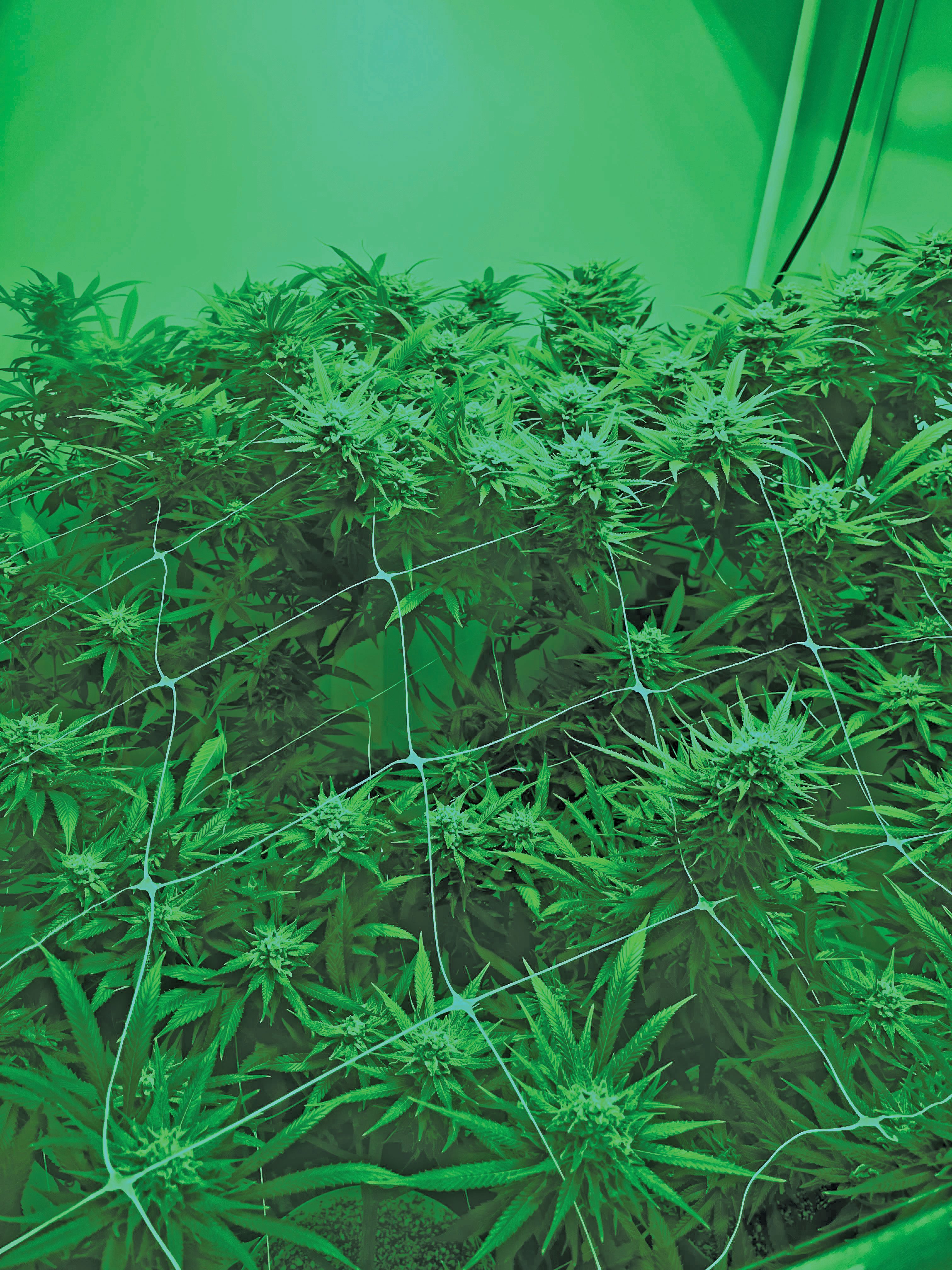
“Medical cannabis is mostly grown indoors or in controlled tunnel environments, often in smaller batches. It’s treated as medicine and heavily regulated, making it difficult to access for most local entrepreneurs,” Birch adds.
By contrast, industrial hemp farming is conducted on a much larger scale.
“You’re cultivating hundreds of hectares. The methods and genetics vary depending on whether you’re growing for fibre, food, or other industrial applications,” he explains.
As interest in the cannabis industry grows, Birch says it’s crucial for aspiring farmers to educate themselves about the regulatory complexities and real-world challenges.
“It’s not as simple as planting and growing. If you want to succeed in [the cannabis industry] in South Africa, you need to understand the legal requirements and invest in the right model,” he says.
Birch explains that the production methods for CBD differ from industrial hemp, even though they both fall under the hemp permit.
“If you’re planting for CBD, you plant a different way. Essentially, the main difference between medical cannabis and hemp is that hemp is an industrial crop. It’s large-scale agriculture like maize,” he says.
“When you’re talking industrial [hemp], you look at hectares, whereas with indoor or greenhouse [medical cannabis], you’re looking at plants per square metre,” he adds.
Climatic and soil conditions
Discussing growing conditions, Birch says it’s important to understand that medical cannabis production cannot take place in natural soil.
“If you’re cultivating medical cannabis, you are not allowed to cultivate in the soil. It has to be in an inert medium, on a slab where roots can’t touch the ground. That’s to ensure there’s no root growth into the soil, which could contain toxins. SAHPRA does not allow medical farms to cultivate in soil unless there is a specific offtake that allows this method,” he explains.
By contrast, hemp is grown directly in the soil, and the quality of said soil is critical.
“Cannabis is a bioaccumulator. It sucks everything out of the ground and everything that you feed it. If you’re cultivating cannabis in a region with ‘dirty soil’, those toxins will be found in the plant, too,” says Birch.
Regional suitability
In terms of the best parts of the country for cultivation, Birch says: “The Eastern Cape, KwaZulu-Natal, Limpopo, and Mpumalanga are probably the primary regions for cultivation; outdoors, that is. Obviously, if you cultivate indoors, it doesn’t matter where you are.”
He adds that for large-scale hemp farming, the Free State also offers ideal conditions. “It’s flat and easy to farm at scale. The plant is quite hardy,” he notes.
However, he cautions against trying to grow hemp in the Western Cape.
“The Western Cape is a winter rainfall area. Cannabis is a photoperiod plant that has to be cultivated in the summer. So, if you’re cultivating in the Western Cape, you have to irrigate the entire crop, which is not cost-effective.”
Pests, diseases, and best practices
Birch says the most common pest threats to cannabis are spider mites, aphids, and whiteflies, while the main diseases are powdery mildew and root rot.
“There’s also bud rot, which is called botrytis, and there are viral diseases like hop latent viroid, which can also be an issue. It depends on the region and crop,” he adds.
As for irrigation and fertilisation, Birch says that input choices must match the type of crop.
“When you’re growing medical cannabis, all of your inputs should be organic or salt-based and must come from a reputable supplier. You have to be very careful with what you use – you can’t have toxins in medicine.”
Market access and the seed import process
On the regulatory front, Birch clarifies that farmers looking to import cannabis seeds must follow clear legal procedures.
“To import seeds, you need to have a phytosanitary certificate. That’s pretty standard. You also need an import licence,” he explains.
When it comes to deciding between indoor and outdoor cultivation, Birch believes farmers often skip the most critical step: understanding their market.
“For me, it’s really simple. It’s all about market access. There are around 1 500 hemp permits in South Africa. I can guarantee you that 99% of those people have no idea what they’re cultivating hemp for,” he says.
Birch adds that this market disconnect is not unique to South Africa.
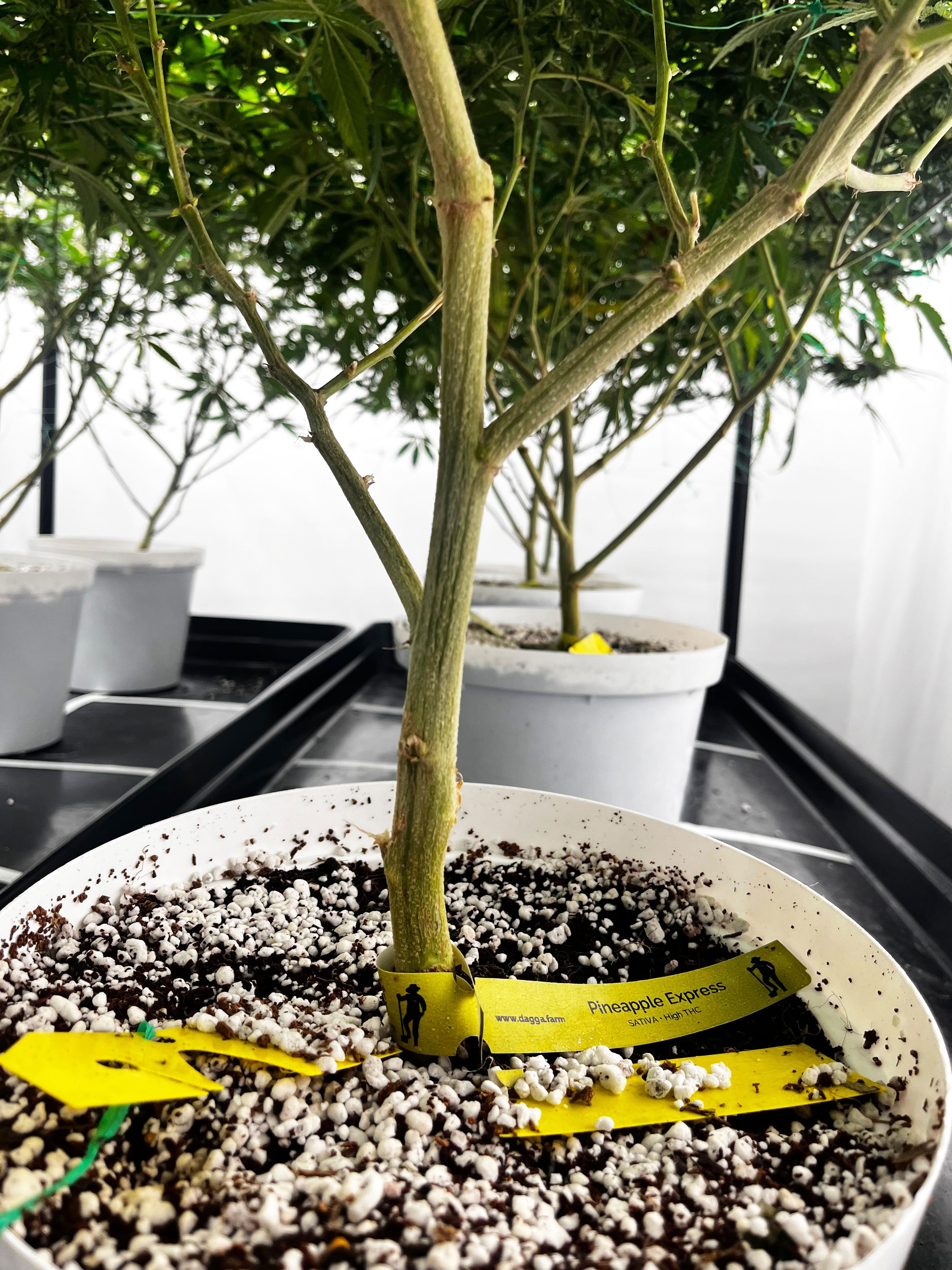
“We’re working on projects in Uganda and the Democratic Republic of the Congo. We are always market-driven and market-led. At the moment, the demand for medical cannabis internationally is indoor,” he says.
He explains that pharmaceutical companies demand consistent product quality, which is something that outdoor producers often struggle to guarantee due to variables like weather.
“If you speak to anybody about anything other than indoor [production] at the moment, the conversation dissipates. However, we believe there is a very strong argument for outdoor cannabis cultivation – grown in living soil under the sun – because we know that the cannabinoid and terpene profiles that we get from sunshine are incredible,” he says.
(Terpenes are naturally occurring aromatic compound responsible for the distinctive smell and flavour of cannabis and other plants.)
Outdoor growers also face serious economic pressure.
“There are price wars starting to take place. If you look at the cost of production for outdoor versus indoor, you cannot even compare the two. The gap is so huge,” says Birch.
“Also, from an environmental perspective, indoor production isn’t environmentally friendly, as it uses huge amounts of electricity.”
Birch points out that indoor cultivation came about out of necessity, not preference. “In the Northern Hemisphere, their weather isn’t great, so they can’t cultivate outdoors. Also, because it was illegal, it was easier to hide [production in] a building,” he explains.
Traditional growers and the struggle for recognition
Closer to home, Birch says the plight of traditional growers in Mpondoland is especially heartbreaking.
“An estimated 140 000ha of illegal cannabis is grown every year. Those farmers are still illegal, even though they’ve sacrificed a lot to cultivate [cannabis]. On the coastal belt, you’ll find international genetics like Sunset Sherbet and Cheese, while inland, it’s more landrace plants – those that have adapted to local conditions but generally have lower THC [levels],” he says.
Unfortunately, market changes and the entry of high-THC medical cannabis have devalued traditional landrace crops.
“It’s taken the food off the farmers’ tables. It really is a travesty in terms of the structure and set-up. Governments have just failed to deal with it, simple as that,” he says.
Growing cycle
Turning to the growing process itself, Birch says the typical timeline from planting to harvesting is 12 to 16 weeks.
“Traditionally, when you’re cultivating outdoors, we plant in October or November and harvest around March. For indoor operations, you can do what’s called ‘crop steering’ and shorten the cycle, depending on how big you want the plants to be,” he says.
Birch highlights the importance of proper post-harvest handling: “Maintaining the right humidity and moisture content is key to ensuring product quality.”
High start-up costs remain a barrier
While interest in cannabis cultivation is growing, the financial barriers to entry are significant. Birch is candid about the capital needed to establish a facility that meets international standards.
“I wouldn’t build a facility for less than R25 million to R30 million. I know people who are building for less, and I know people who are building for a lot more. The most expensive one I’ve been to cost R280 million,” he says.
He adds that competing in the medical cannabis market means aiming beyond local borders.
“If you want to compete in the medical cannabis space, you have to understand that you’re not competing against other South Africans – you’re competing with the world. And your standards have to be high enough,” he explains.
Building a compliant medical cannabis facility involves more than just cultivation; it must meet strict pharmaceutical requirements based on EU-GMP standards, which ensure a sterile, controlled environment for growing and processing. The cost and complexity are justified, adds Birch, because medical cannabis falls under stringent pharmaceutical regulations.
“You’re in the big pharmaceutical space. They’ve set the parameters for any medicine – consistency is key, as is quality, and making sure there’s no contamination is a non-negotiable,” he says.
For more information email Trenton Birch at [email protected].

